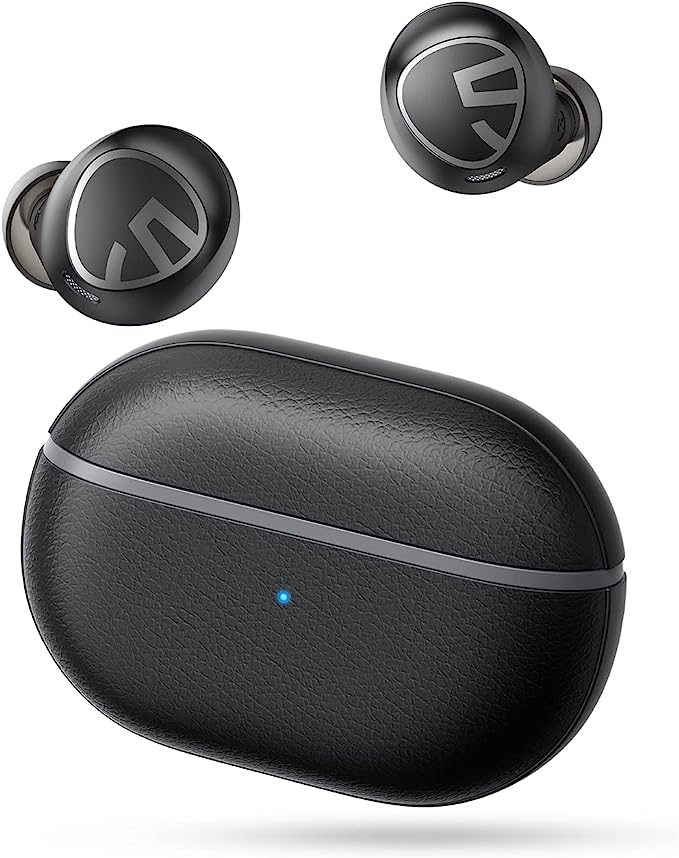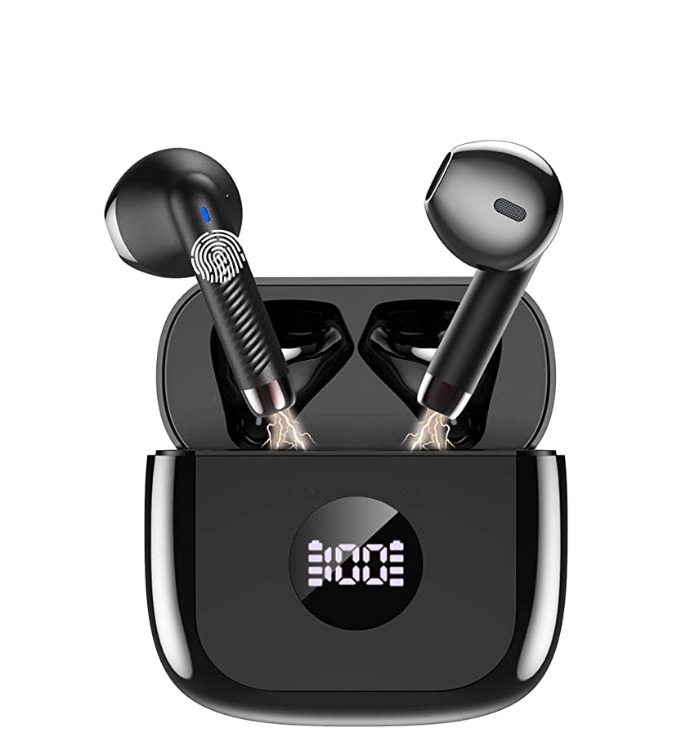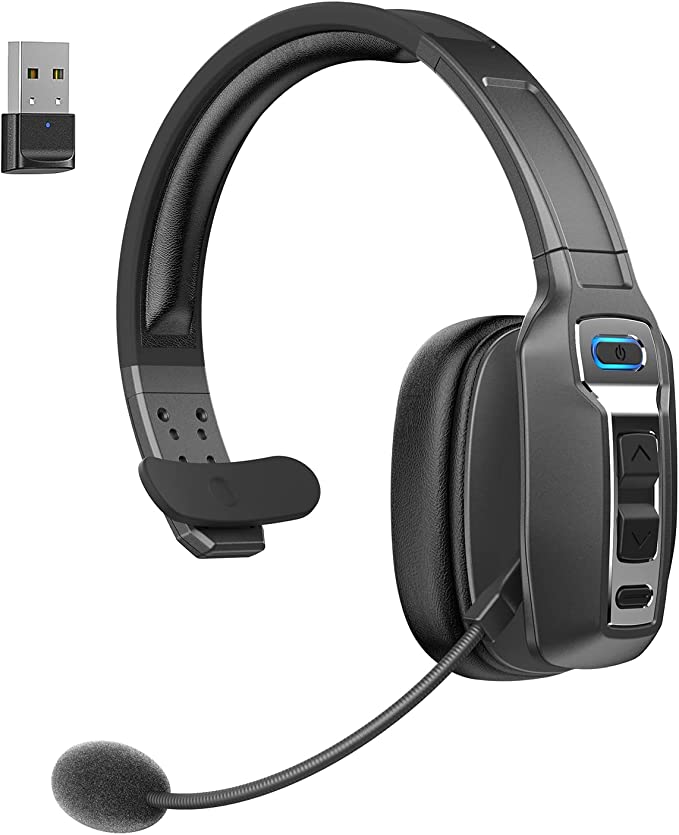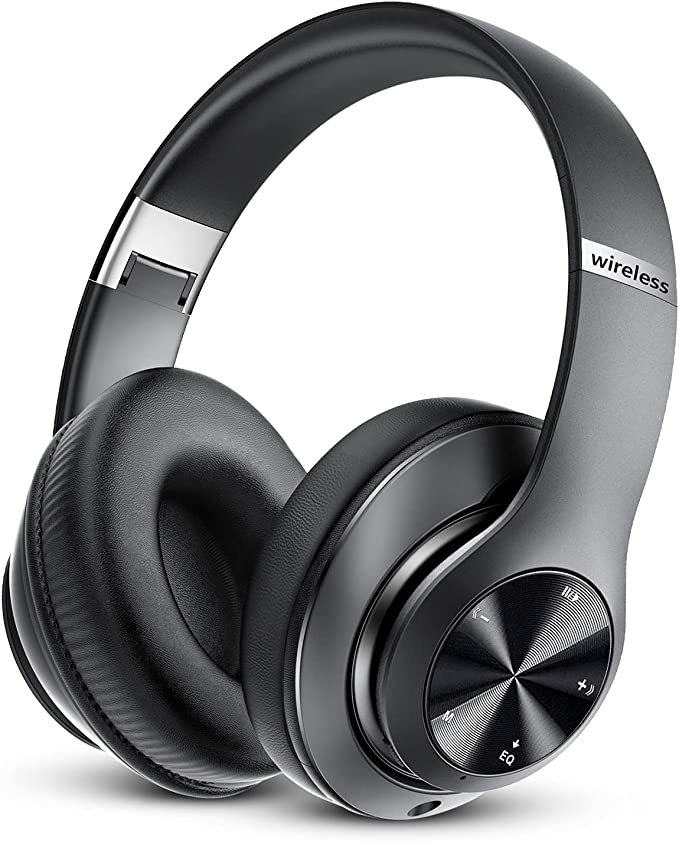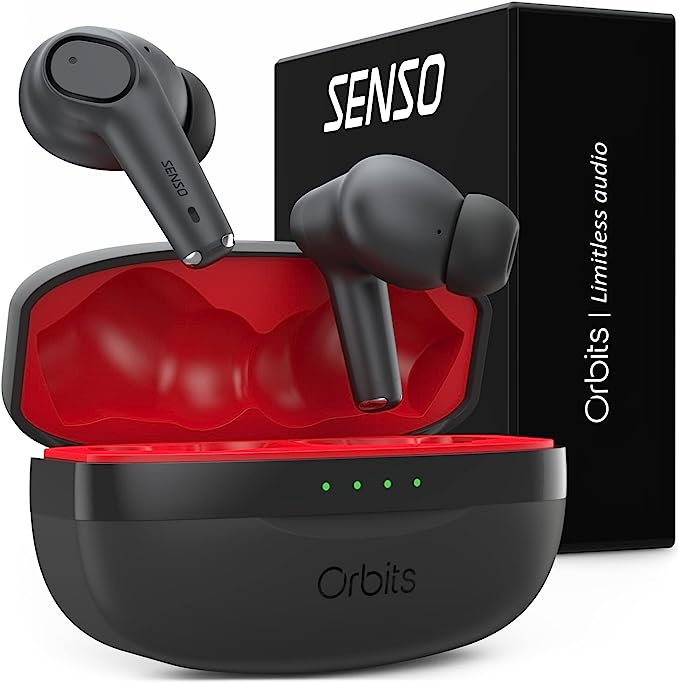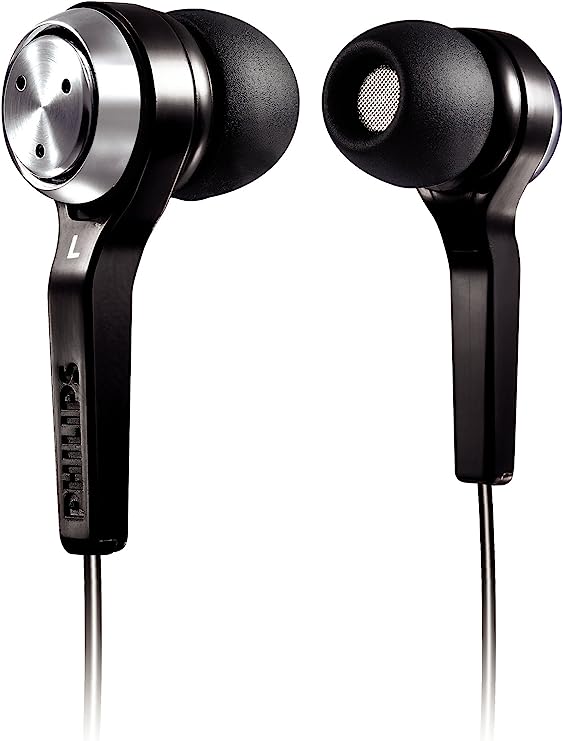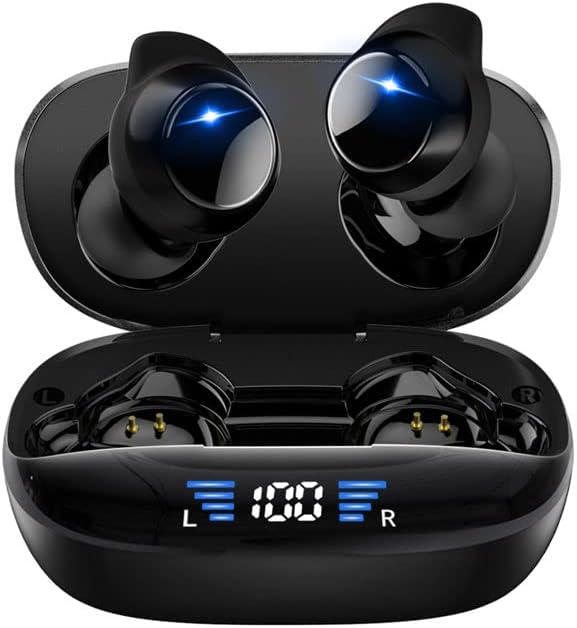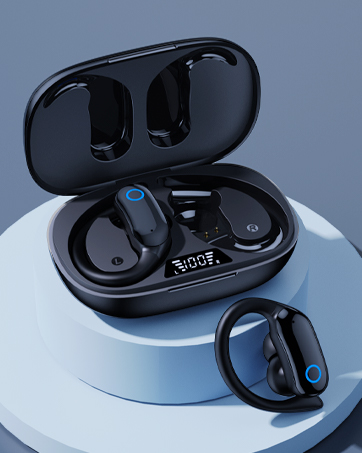The Unspoken Physics of Your Personal "Air Conditioner"
Update on Oct. 7, 2025, 3:22 p.m.
It’s a tale of two summers, a story of consumer delight and deep frustration. In sun-drenched Phoenix, Arizona, Sarah unboxes her new Gkaikpe AB1 personal cooler. Within minutes, a gentle, chilled mist envelops her home office desk. She sends a message to her group chat: “This little box is an absolute lifesaver!” Meanwhile, in the thick, humid air of Miami, Florida, Mike has the same device running. An hour later, he shuts it off, thoroughly annoyed. His small study feels even more stuffy and damp than before. He logs on to leave a one-star review, its title a stark warning: “Actually Makes Things Worse.”
This isn’t a simple case of a defective unit. It’s a modern consumer conundrum rooted in physics, marketing, and the very air we breathe. How can one small appliance be both a “lifesaver” and a “mistake”? What secret is hiding inside the glossy plastic of these increasingly popular personal “air conditioners”? The answer reveals a fundamental truth about the nature of cooling, and understanding it is the key to not wasting your money on a hot and sticky day.

Not All “Cooling” is Created Equal
The heart of the confusion lies in a single, powerfully misleading phrase: “air conditioner.” The Gkaikpe AB1, and hundreds of similar devices that promise a personal oasis of chill, are not actually air conditioners in the way your home or car unit is. They are evaporative coolers, a technology that operates on a completely different, and far more ancient, scientific principle. To truly grasp the chasm between them, we need to compare their playbooks.
How Your Real AC Works: The Heat Mover
Think of a traditional air conditioner as a relentless, hardworking freight service for heat. Its job isn’t to “create cold” out of thin air but to move heat from where you don’t want it (inside your room) to where you don’t mind it (outside). Inside its complex network of coils is a special fluid called a refrigerant. This fluid undertakes a continuous cycle of compression and expansion, changing from a liquid to a gas and back again. As it evaporates inside the indoor unit, it absorbs a massive amount of heat from your air—like a cold sponge soaking up warmth. The AC then pumps this heat-laden gas to the outdoor unit, where it releases the captured heat into the atmosphere. This is precisely why your AC’s outdoor unit blows hot air. The result of this heat-moving service is a genuinely cooler, and often significantly drier, room. The power of this process is measured in British Thermal Units (BTU), a standardized unit of heat removal.
How Your Personal Cooler Works: The Sweat Trick
An evaporative cooler, on the other hand, mimics the brilliant cooling system your own body uses on a hot day. Why do we sweat? Because as that moisture evaporates from our skin, it requires energy to transform from a liquid to a gas. It pulls that energy directly from our body in the form of heat. This process, known as the latent heat of vaporization, is what makes us feel cooler.
The Gkaikpe AB1 is simply a machine built to perform this sweat trick for your immediate environment. It draws in ambient air and passes it through a source of moisture (in this case, by generating a fine mist with its dual atomizers), actively encouraging that water to evaporate. The air that emerges is cooler because the water’s phase change has absorbed thermal energy from the air itself. It’s a beautifully simple concept, but unlike the AC’s freight service, no heat is actually removed from the room. It’s just converted and stored in the air as humidity.
This distinction is not just academic; it’s everything. Here is a clearer breakdown:
| Feature | True Portable Air Conditioner | Evaporative Cooler (e.g., Gkaikpe AB1) |
|---|---|---|
| Core Principle | Refrigeration Cycle (Moves heat out) | Evaporation (Converts heat by adding water) |
| Cooling Effect | Lowers entire room’s ambient temperature | Cools a localized spot; increases humidity |
| Byproduct | Drier Air (Actively dehumidifies) | More Humid Air (Actively humidifies) |
| Power Metric | BTU (e.g., 8,000 - 14,000) | Airflow (CFM) & Water Capacity (oz/liters) |
| Energy Use | High (500 - 1500+ Watts) | Very Low (Typically 10 - 50 Watts) |
| Ventilation | Requires an exhaust hose to a window | Requires a source of fresh, dry air (open window) |
So, now we understand the ‘what’—one is a heat mover, the other is a “sweat” machine. But this still doesn’t fully explain why one works wonders in Arizona and fails in Florida. For that, we need to introduce the invisible guest at every cooling party: humidity.

The Secret Ingredient: Why Humidity Rules Everything
Imagine the air in your room is a large sponge. Relative humidity is simply a measure of how much water that sponge is already holding compared to its maximum capacity. This single metric is the most critical, non-negotiable factor determining an evaporative cooler’s success or failure.
In Phoenix, where Sarah lives, the arid desert air is often very dry. Her “air sponge” might only be 20% full. It is thirsty for moisture. When she turns on her Gkaikpe AB1, the dry air greedily soaks up the water mist. This leads to rapid, efficient evaporation and a significant, genuinely pleasant drop in temperature in the air blown towards her.
Now, let’s teleport back to Mike’s study in Miami. His “air sponge” is already 80% saturated. It is heavy, damp, and can’t hold much more. When he introduces more water mist into this environment, the air simply cannot absorb it effectively. Evaporation slows to a crawl, resulting in a negligible temperature drop. Worse, he is now just pumping more moisture into already soggy air, pushing the humidity towards 90% and making the room feel clammy, oppressive, and profoundly uncomfortable. This is why a swamp cooler in a swamp is a terrible idea.
The science is unequivocal: the lower the relative humidity, the more effective an evaporative cooler is. At 30% humidity, you might experience a refreshing 10-15°F (6-8°C) drop in the direct airflow. At 70% humidity, that drop might be a meager 2-3°F (1-2°C), an effect you would barely notice, all while making the air feel heavier.
Deconstructing the Gkaikpe AB1: A Case Study
Armed with this scientific framework, we can now revisit the product’s marketing claims, not as a potential buyer, but as an informed critic.
- “CHILL IN A FLASH FROM 86℉ → 68℉!”: Is this 18°F drop physically possible? In theory, yes, but only under the most ideal, lab-like conditions of extremely low humidity, measuring the air temperature millimeters from the vent. For the vast majority of users in the majority of locations, this is a marketing fantasy. A more realistic expectation is a 4-8°F cooling effect in the direct path of the mist in a moderately dry environment.
- “WHISPER-QUIET COOLING at less than 40dB”: 40 decibels is indeed very quiet, roughly the ambient noise level of a library. For a device with a fan and dual atomizers, this is an excellent performance level if accurate. It highlights a genuine and significant advantage over the loud compressors of true portable ACs, which often operate between 50 and 60 dB.
- “PORTABLE AND EASY TO POWER UP”: This is its undeniable, standout strength. Weighing just over 3 pounds and powered by a simple USB cable, its portability and energy efficiency are in a different universe compared to a 60-pound, 1000-Watt portable AC. It sips power, making it an eco-friendly and exceptionally cheap-to-run personal comfort device.
Conclusion: Are They Worth It? The Right Tool for the Right Job
The Gkaikpe AB1 isn’t a scam, but its marketing is a masterclass in strategic ambiguity. It cleverly leverages our universal understanding of the term “air conditioner” to sell a product that is fundamentally, scientifically different. It is not an alternative to an air conditioner; it is an entirely separate tool with a unique purpose.
So, is this tool right for you? The answer depends entirely on your geography, your space, and your expectations.
Who Should Consider Buying One?
- You live in a dry or semi-arid climate (e.g., American Southwest, inland Australia, parts of the Middle East).
- You only need to cool a very specific, small area, like your face and torso while working at a desk or reading in bed.
- Energy consumption and portability are your absolute top priorities over raw cooling power.
- You understand that you are buying a “moisture-enhanced personal fan,” not a room cooler.

Who Should Absolutely Avoid One?
- You live in a consistently humid region (e.g., Florida, Southeast Asia, much of the American East Coast and Midwest in summer).
- You need to lower the ambient temperature of an entire room, even a small one.
- Your intended space has poor ventilation, as you will quickly create a muggy microclimate.
Ultimately, knowledge is your best defense against a disappointing purchase. An evaporative cooler can be a wonderfully efficient and pleasant device when used in its ideal habitat. But take it out of that dry environment, and it transforms from a “lifesaver” into a machine that just makes a sticky situation worse. Before you click “buy” on any personal cooler, do yourself a favor and check your local weather report first. That humidity percentage is a far more honest and reliable indicator of its potential than any flashy ad copy will ever be.











